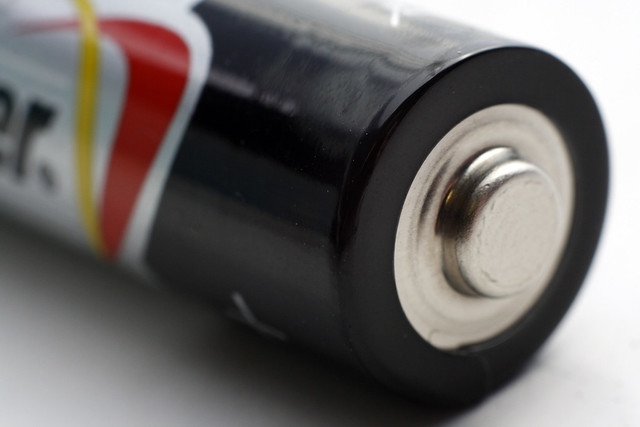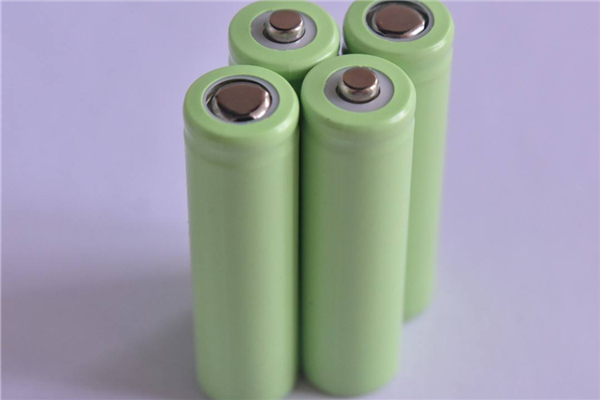Lithium-ion Battery Charging Rules-Rules, Tips, and Maximum Endurance
APR 01, 2020 Pageview:1832
Lithium-ion batteries are among the most popular battery technologies used in electronic devices today. They are mainly used in devices where weight and size are priorities. This is mainly because Lithium-ion batteries have a high energy density that makes it possible to pack more energy into the battery within a small unit volume. These batteries are mainly used in smartphones, smartwatches, laptops, digital cameras, and many other portable electronic devices.
The capacity and overall life of lithium-ion batteries is being made better each year that passes thanks to the ever ongoing research being done by battery manufacturers. At the moment, we have smartphones with lithium-ion batteries having capacities of up to 6000mah and charge cycles of up to 1000. Such a battery can be used for about 3 years while still giving a good level of performance. However, to get the best out of your lithium-ion battery, you need to know how to take good care of it.
In this post, I am going to share with you everything you need to know to enhance performance and also boost the durability of your lithium-ion battery in any of your portable electronic devices.
The lithium-ion battery charging rules we need to know
1.Don’t charge the battery while using the device
Charging the battery while using the device generates a lot of heat inside the battery due to the increase in the chemical energy activities within the battery. Remember heat is the biggest enemy to battery life. The more the battery heats up, the more it loses its overall capacity. So always make sure you let the battery charge first before you start using the device again. In the worst-case scenario, you can use it for light tasks
2.Avoid charging your device overnight
Batteries no longer face the problem of overcharging like it used to be with lead-acid batteries and earlier battery technologies. Lithium-ion batteries have a circuit that cuts off power supply when the battery is full. However, when the device starts consuming some of the battery energy, the charger will keep topping up this energy that was consumed. This constant top-up of energy to keep the battery at maximum capacity increases the stress within the battery which in the end affects the overall life of the battery.
3.Don’t drain the battery below 20%
When the battery of your device goes below 20%, its voltage starts to move towards the minimum operation voltage which is about 2.4V for most of the li-ion batteries. Low voltage means a need for more current output to maintain the same amount of power the device needs to work. The high current demand stresses the powering system of your device that in the end generates heat that hurts the battery in the long run. This is why you will notice that your phone will often heat up when the battery is very low.
4.Charge the battery using the recommended charger
This may not have much impact when it comes to smartphones, because most of them use the same input voltage for charging. However, other devices like Laptops and cameras normally have varying voltages for the different models. Using a wrong charger on such batteries may blow up the battery especially if the difference between the recommended charger and the one you’re using is big.
Do you know the tips for extending lithium-ion battery life?
With the above charging rules, lets now look at some of the tips you can use to extend the life of your battery. Some of these may involve charging habits but some are generally about how you use and store the device having a lithium-ion battery
Tip #1: Don’t expose your device to high temperatures
As I earlier discussed, high temperatures increase the rate at which the life of a battery reduces. So, leaving your device for instance in the car during a sunny day will negatively affect its battery life. So, ensure your device is always in a cool and dry place whenever you're not using it
Tip #2: Use a fast charger if your device supports fast charging
Some people actually thought that fast charging can damage the battery due to the high-speed input on energy into the battery. However, fast charging works in two phases. The battery is charged at high speed when it's almost empty until it almost reaches the maximum voltage. At this point, the rate of charging is reduced. That's why you'll realize your phone charges a bit slow when it gets to 70 or 80%. Charging the battery will always generate some heat whether it is slow or fast charging. Why fast charging becomes a better option is because it charges the battery faster hence exposing it to heat for a shorter time.
Tip #3: Don’t charge your device beyond 50% if you intend to store it
For instance, if you have a digital camera that you don’t intend to use for some weeks, make sure you store it when the battery is not beyond 50%. This is because at 50%, the battery internal chemistry is well balanced and the battery is in a better state than when the battery is at 100 or 0%.
Tip #4: use dark themes for your device’s display if it is supported
The operating systems of most devices that use Li-ion batteries now have dark mode/theme. These themes reduce the amount of energy your device’s display will consume hence reducing the need to charge your device more often.
What is the maximum endurance of lithium-ion batteries?
Endurance of a battery is basically its ability to properly charge and discharge within an acceptable range of time. The more you use the battery, the more its endurance reduces. Most batteries used in devices today will hardly retain a charge when it goes beyond 1000 charge cycles. In most cases, such charge cycles are reached when a battery has worked for about 3 to 5 years depending on the battery capacity and how much the device is used per day.
So basically, the maximum endurance of a modern lithium-ion battery that is taken good care of is between 3 to 5 years. Remember battery life reduces even when the battery is idle. Though the reduction is almost negligible compared to when the device is in use.
- Prev Article: Lithium Battery Charging Bag-Definition and Safety
- Next Article: Lithium Deep-Cycle Battery Price – Cost and Future Market
Leave Message
Hottest Categories
-
Hottest Industry News
-
Latest Industry News












